The humoral immune response offers priceless knowledge to better understand the complexities of a patient’s physiologic state.
This understanding can aid in a more profound knowledge of the immune response and identification of the disease subtypes, new biomarker signatures, and possible therapies. Sengenics offers immunoprofiling services using arrays employing the patented KREX® protein folding technology.
Antibody isotypes activate distinct effector mechanisms
An antibody’s isotype directs the role it plays in the immune response. Visibility into antibody isotypes and subtypes could offer useful insight into the patient’s immune status and higher-level etiologies and disease mechanisms.
The heavy chain of the Ab identifies its isotype and role in the immune response. Antibodies can direct the functional immune response in numerous ways. It can be done by adopting opsonization, neutralization, complement-mediated cytotoxicity, target cell degranulation, and intracellular activation of pyroptosis and antiviral responses.
Different antibody isotypes can bind to the Fc receptors on specific cells, inhibiting or improving effector function.
Identifying the antibody isotype could provide clues to what the immune system identifies and how it reacts to it.
IgG
The most abundantly seen isotype with four subclasses, each with various roles in pathogen detection, immune activation, anti-tumor response, and inflammation.
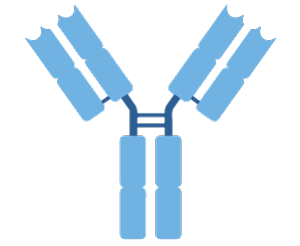
Image Credit: Sengenics
IgA
Consists of two subclasses and is found in secretions and blood. It plays a role in the inhibition of inflammation and pathogen neutralization.
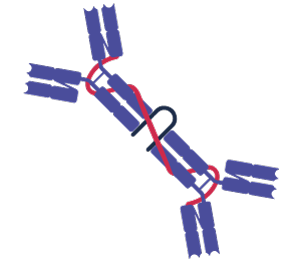
Image Credit: Sengenics
IgM
Possesses high avidity and is generated during a main immune response. It plays a role in complement activation.
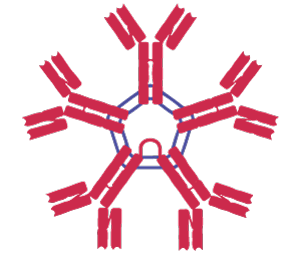
Image Credit: Sengenics
IgE
Plays a part in anti-parasitic responses and tumor surveillance. It also mediates type I hypersensitivity.
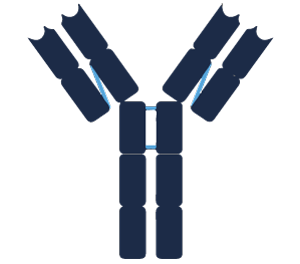
Image Credit: Sengenics
IgD
Expressed on the surface of immature B-cells and plays a part in confining autoreactive B-cells.
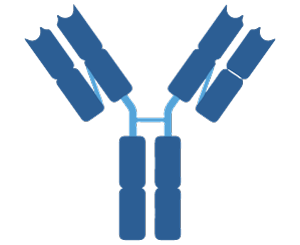
Image Credit: Sengenics
Immunoglobulin isotype profiling
Sengenics could assess the IgG and IgA antibody isotypes in patient samples binding to prospective antigens.
Every isotype could be detected individually or collectively as part of a dual color assay, determining special biomarkers and offering much greater knowledge of the humoral immune response and the disease state. Single and dual color assays could be run on any of the custom arrays or antigen panels.
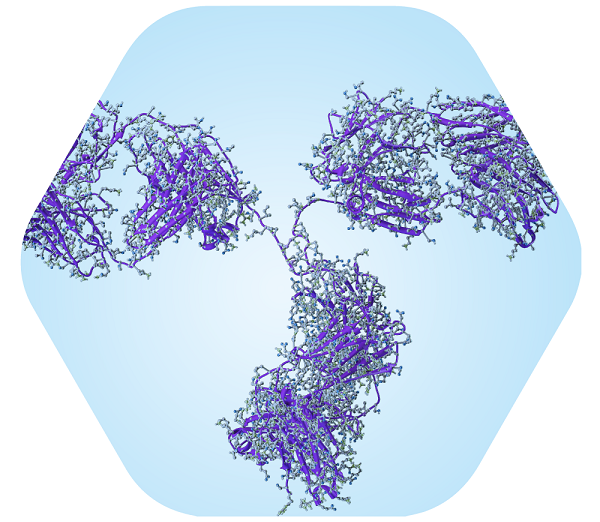
Image Credit: Sengenics